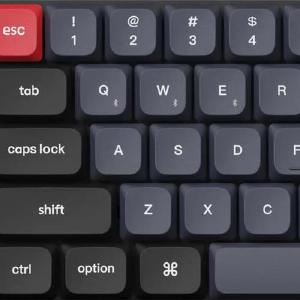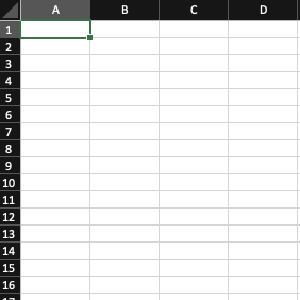In Eclipse ADT you can always undo

They say: Don’t go back to where you were once happy. But the truth is that in many cases, if you could go back, you would.

They say: Don’t go back to where you were once happy. But the truth is that in many cases, if you could go back, you would.

I like keyboard shortcuts. If I could do my job without taking my hands off my keyboard I’d be an even happier programmer.

We used to use the APPEND and INSERT commands to add rows to internal tables. Now that ABAP has grown, we can use VALUE, REDUCE, CORRESPONDING, etc. But what if the internal table already has rows and we don’t want to lose them?

A while ago I showed you that you could SELECT from an internal table. And then I asked myself: if that is possible, shouldn’t INNER JOIN be possible too?

Did you know that your ABAP programme can copy content to your operating system’s clipboard?

Man, this is one of those endless discussions that will never get anywhere. Ditto trying to decide if you deserve to go on living if you put pineapple on your pizza or Philadelphia cheese on your sushi.

If you want to call the SM30 from a program you can use CALL TRANSACTION but there is a simpler way.

The fewer IFs and CASEs the better, right? Every branch of an IF or a CASE is an exception. And we like rules better than exceptions. Here’s one more technique to achieve that.

SAP messages are all managed centrally through the SE91 transaction, but can appear to a program in a variety of formats.

I was always told that, when selecting a single record, I should use UP TO 1 ROWS whenever the key was not fully provided. My elementary school teacher told me that I should always aks why: why? Nobody ever told me why.

Let’s say you want to show an url in a SAPScript layout. You place the url in a SAPSCript text and assume everything will work fine. Because most times everything does work fine. It’s just that sometimes…